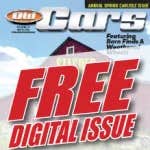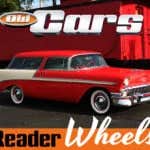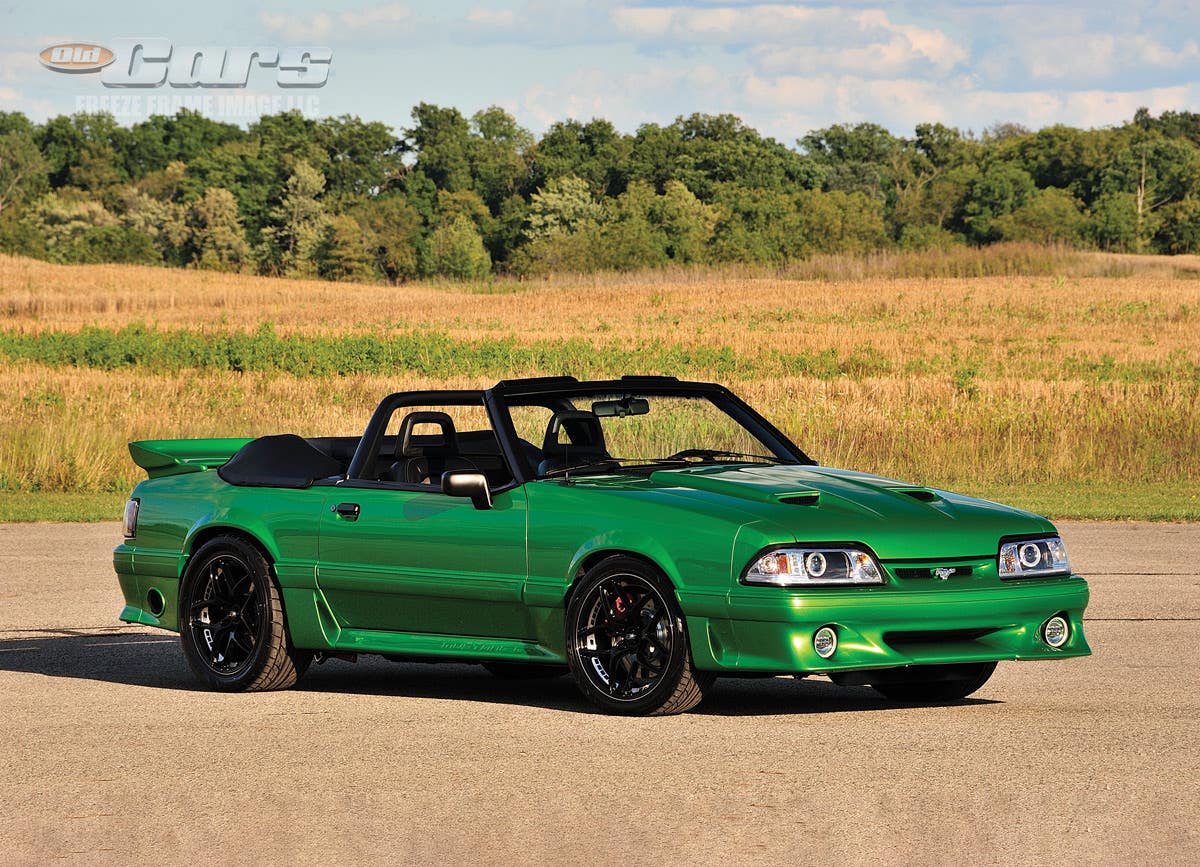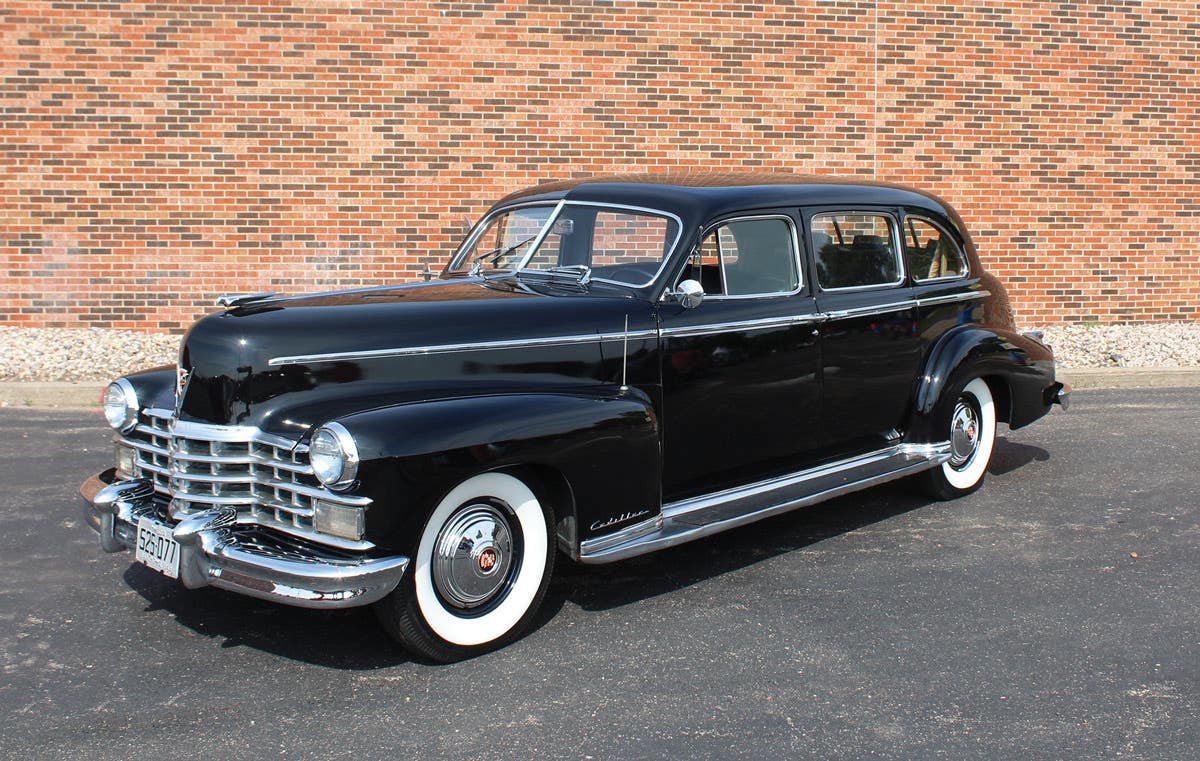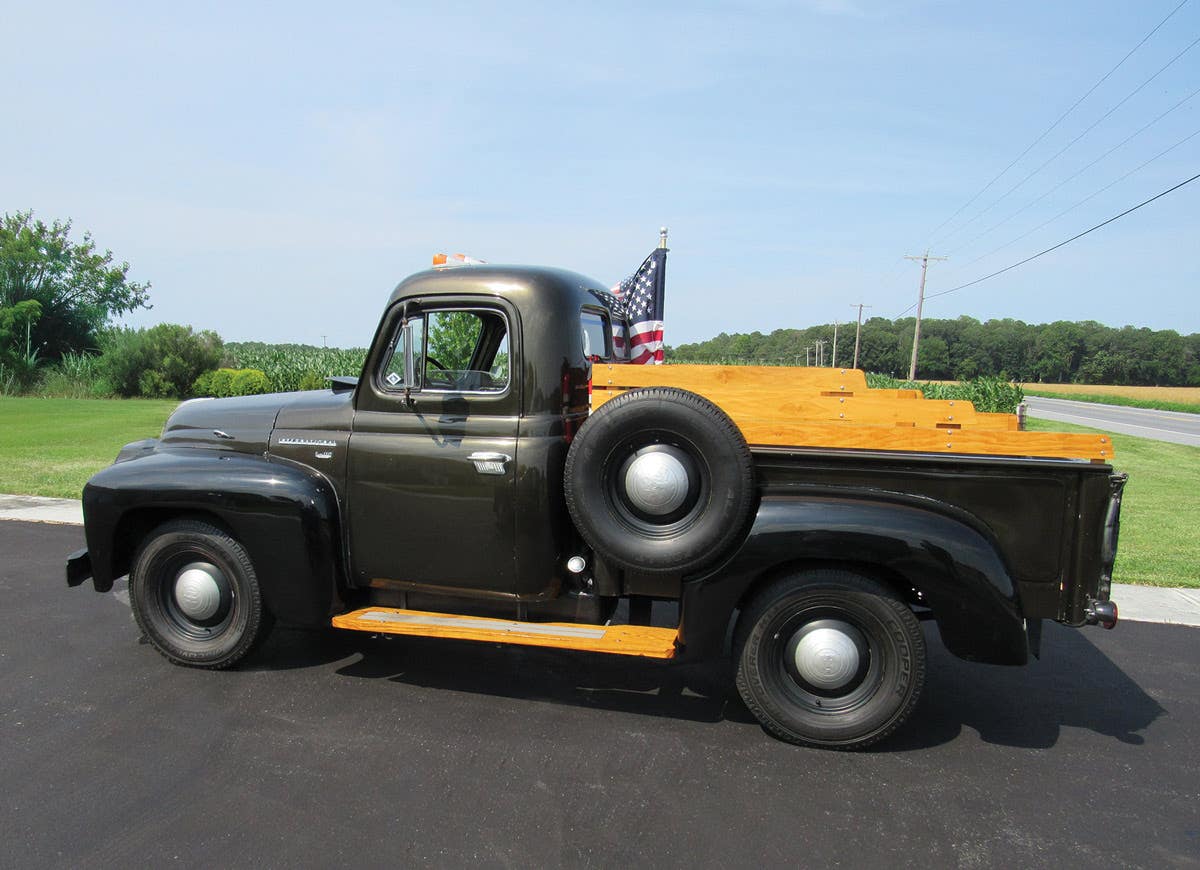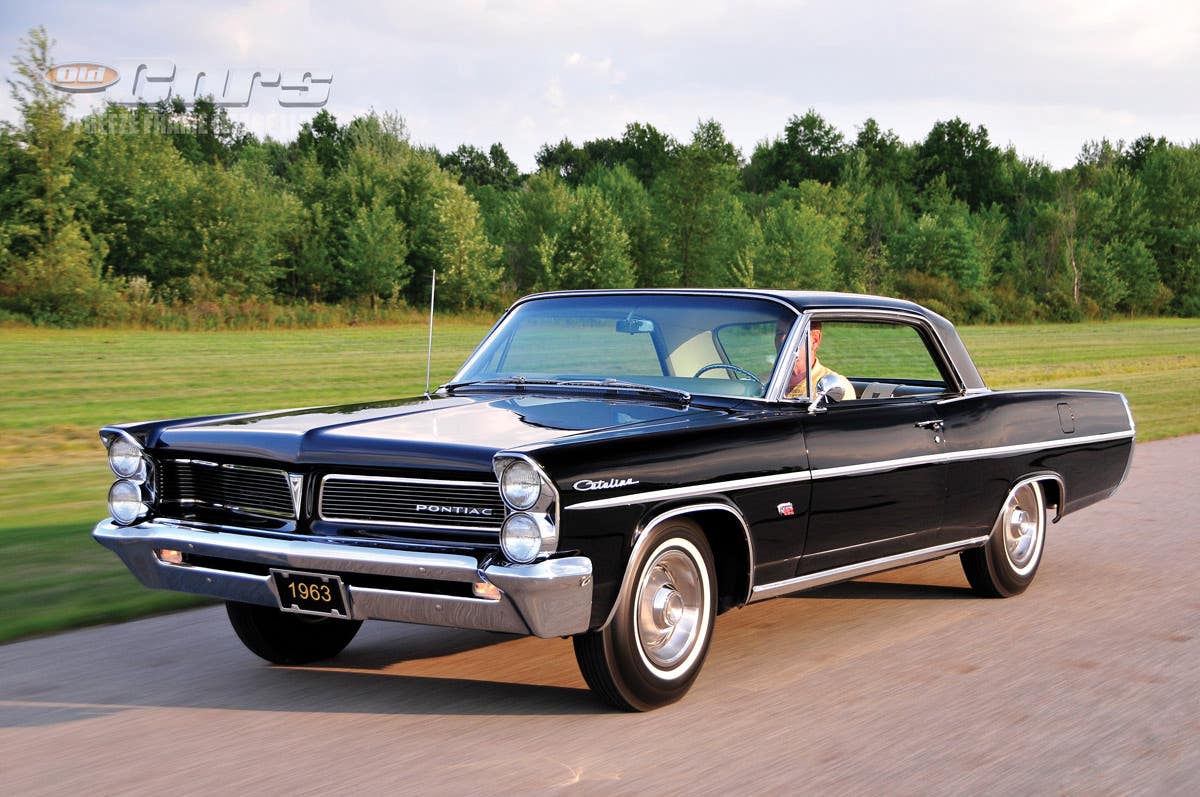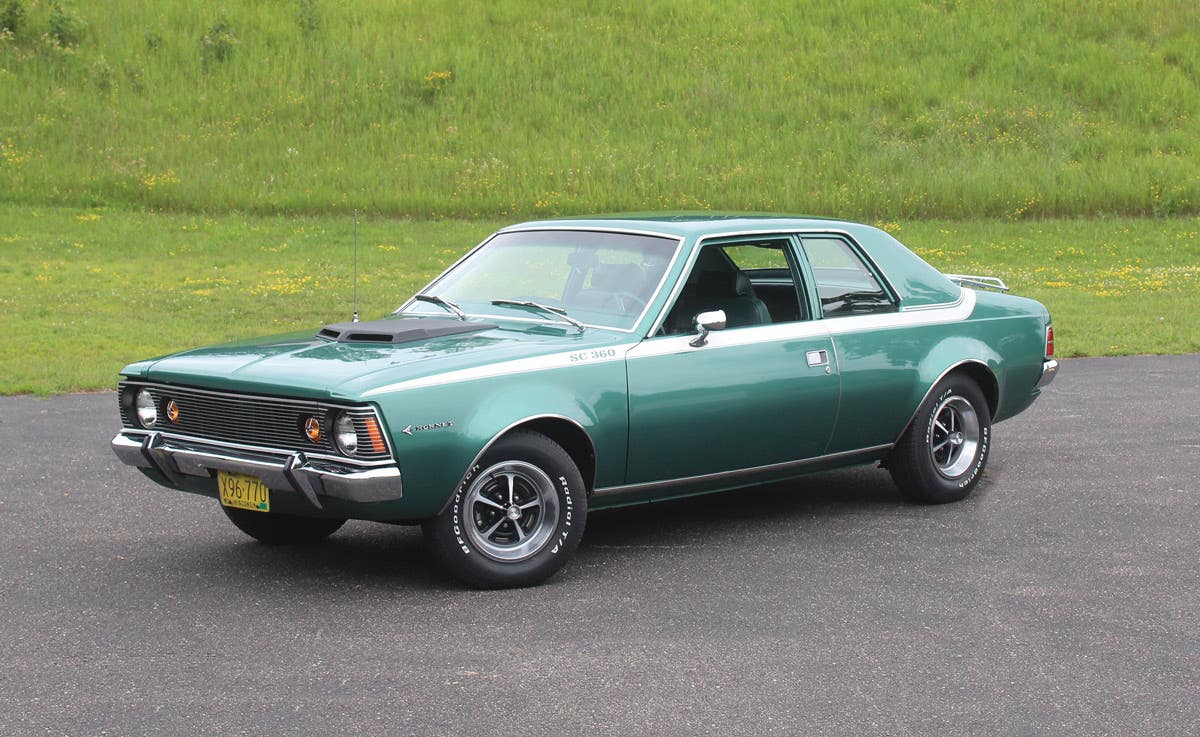Car of the Week: 1966 Ford T-5 Mustang
Chris Wold’s 1966 Ford T-5 GT convertible looks just like a ’65 Mustang, because essentially, that’s what it is.
Story and photos by John Gunnell
What’s a German car doing in a Mustang show? That’s a question Chris Wold can answer — if people even notice his car is German.
Wold’s 1966 Ford T-5 GT convertible looks just like a ’65 Mustang, because essentially, that’s what it is. “T-5” was the code name for the original Mustang project, and it was used to identify the German version of the American pony car.
After the Mustang’s April 17, 1964, introduction at the New York World’s Fair, Ford’s “pony car” quickly became the best-selling new model in automotive history. It was aimed at young enthusiasts and there were many in Germany, courtesy of Uncle Sam. The Cold War was on and West Germany was loaded with American GIs. Ford knew some GIs might buy a Mustang, but a German truck maker owned rights to the “Mustang” model name and Ford refused to pay a $10,000 fee to buy German rights to the name.
So, Mustangs sold to soldiers in Germany were badged as T-5s. According to Wold, a German company marketed the T-5 and Ford removed all Mustang identification from the car. Wold says the T-5 badges, a steering wheel hub without the Mustang name, clear rather than amber parking lamps and usually a kilometer-synced speedometer are some of the minor differences between German T-5s and American Mustangs. The T-5 also has an export-style hood brace and heavy-duty suspension. On T-5 GTs, the body-side racing stripes were lengthened, because the “T-5” emblem is shorter than the “Mustang” nameplate.
Mustangs destined to be converted to T-5s were built in Ford’s Dearborn, Mich., and Metuchen, N.J., plants. The Michigan-built cars have a 91 FSO code and the New Jersey-built cars have a 95 code. A Ford export car facility in Newark, N.J., made the T-5 modifications before the cars were shipped to Germany. Otherwise, T-5s did not have different codes or data plates.
Soldiers would order cars through the military PX (post exchange) in Germany. After a few months, they could take delivery through German Ford dealers. Prices were comparable to domestic Mustang prices. When a soldier’s tour of duty ended, the government would ship the car back to the United States for free. That led to T-5s returning to the United States with their owners.
Ford put a lot of energy into marketing T-5s, particularly during its first two years. Sales catalogs and other advertisements were printed in both English and German. In later years, German dealership literature also pushed sales of T-5 models. Those who collect the cars naturally collect the special literature.
The Ford T-5 Registry (www.fordT5.com) has recorded 340 known T-5s, which is a percentage of the cars built. A total of 3,631 were made from 1967-’73. Unfortunately, due to a computer storage problem at Ford, the 1965 and 1966 production totals have been lost, but the T-5 Registry has been able to track 79 of the surviving 1966 models, and found that 20 were convertibles, six were factory GTs and two had the K-code Hi-Po 289-cid V-8. There are only two GT convertibles known to survive: Wold’s car in the United States and a second car in Europe. Wold’s car has the K-code hi-po V-8.
Wold’s T-5 seems to have passed through the hands of two East Coast collectors. Allen J. Stewart of Lenoir, N.C., knew what it was and offered it to St. Louis, Mo., car collector Peter Schick.
“I got it through a deal with a Madison (Wis.) man I met through my wife’s workplace,” Wold said. It had been in Wisconsin about seven years at the time he bought it.
Over the years, Wold’s T-5 has been repainted its original Wimbledon White. It has red interior and exterior trim, a woodgrain steering wheel, GT equipment and the hi-po 289 V-8. The car has been driven about 60,000 miles. Wold drives it to shows and stresses that it isn’t a “trailer queen.”
The T-5 Registry believes that a 1965 or 1966 Ford T-5 should have a 10 to 15 percent value premium over a standard model. The premium drops to 5 to 10 percent for later T-5s. Chris Molica of the Manawa Mustang Round-up was excited to have the car on exhibit last August.
“We grew from around 75 cars in 2012 to over 100 this year,” he said. “Having a T-5 show up was a treat.”
Wold’s T-5 took a trophy in Manawa. He also won a trophy at Edgerton’s Tobacco Heritage Days Car Show last year.
“When I won that award I just about passed out, because it was nearly four-feet high,” said Wold. “I’m going to have this car a long time because it’s a piece of both American and European history.”
_________________
If you’ve got an old car you love, we want to hear about it. Email us at oldcars@aimmedia.com
_____________________
